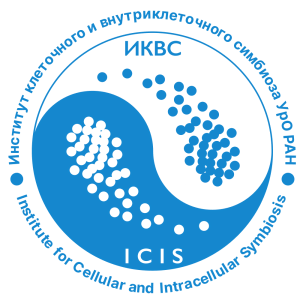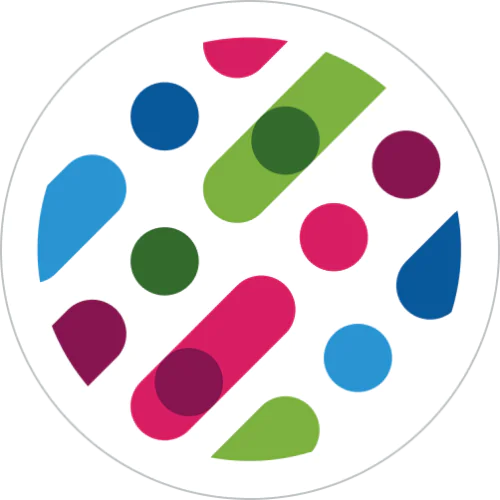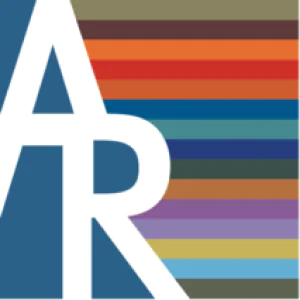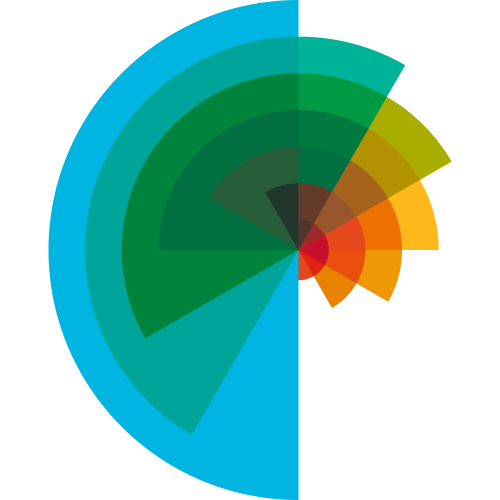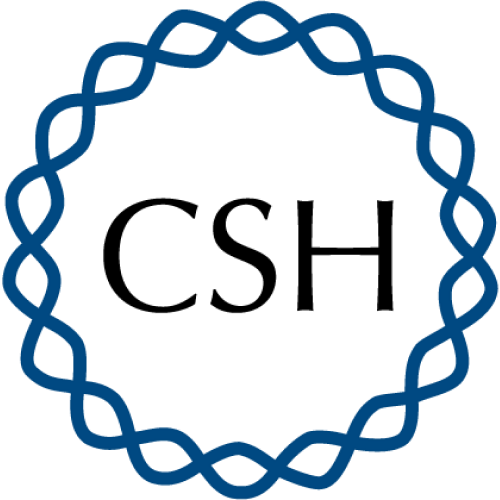Microbial predators form a new supergroup of eukaryotes
D. V. Tikhonenkov
1, 2
,
К. В. Михайлов
3, 4
,
Artem O. Belyaev
1, 6
,
Varsha Mathur
7, 8
,
Sergey A. Karpov
9, 10
,
Dmitry G Zagumyonnyi
1, 2
,
Anastasia S Borodina
1, 11
,
Kristina I Prokina
1, 12
,
Alexander P. Mylnikov
1
,
Vladimir V. Aleoshin
3, 4
,
11
Publication type: Journal Article
Publication date: 2022-12-07
scimago Q1
wos Q1
SJR: 18.288
CiteScore: 78.1
Impact factor: 48.5
ISSN: 00280836, 14764687
PubMed ID:
36477531
Multidisciplinary
Abstract
Molecular phylogenetics of microbial eukaryotes has reshaped the tree of life by establishing broad taxonomic divisions, termed supergroups, that supersede the traditional kingdoms of animals, fungi and plants, and encompass a much greater breadth of eukaryotic diversity1. The vast majority of newly discovered species fall into a small number of known supergroups. Recently, however, a handful of species with no clear relationship to other supergroups have been described2–4, raising questions about the nature and degree of undiscovered diversity, and exposing the limitations of strictly molecular-based exploration. Here we report ten previously undescribed strains of microbial predators isolated through culture that collectively form a diverse new supergroup of eukaryotes, termed Provora. The Provora supergroup is genetically, morphologically and behaviourally distinct from other eukaryotes, and comprises two divergent clades of predators—Nebulidia and Nibbleridia—that are superficially similar to each other, but differ fundamentally in ultrastructure, behaviour and gene content. These predators are globally distributed in marine and freshwater environments, but are numerically rare and have consequently been overlooked by molecular-diversity surveys. In the age of high-throughput analyses, investigation of eukaryotic diversity through culture remains indispensable for the discovery of rare but ecologically and evolutionarily important eukaryotes. Provora is an ancient supergroup of microbial predators that are genetically, morphologically and behaviourally distinct from other eukaryotes, and comprise two divergent clades of predators—Nebulidia and Nibbleridia—that differ fundamentally in ultrastructure, behaviour and gene content.
Found
Nothing found, try to update filter.
Found
Nothing found, try to update filter.
Top-30
Journals
|
1
2
3
4
5
6
|
|
|
Current Biology
6 publications, 8.33%
|
|
|
eLife
4 publications, 5.56%
|
|
|
Molecular Biology and Evolution
3 publications, 4.17%
|
|
|
Proceedings of the National Academy of Sciences of the United States of America
3 publications, 4.17%
|
|
|
Journal of Eukaryotic Microbiology
3 publications, 4.17%
|
|
|
Genome Biology and Evolution
3 publications, 4.17%
|
|
|
BMC Biology
2 publications, 2.78%
|
|
|
Open Biology
2 publications, 2.78%
|
|
|
Nature
2 publications, 2.78%
|
|
|
iScience
2 publications, 2.78%
|
|
|
BioEssays
1 publication, 1.39%
|
|
|
Molecular Phylogenetics and Evolution
1 publication, 1.39%
|
|
|
Annual Review of Marine Science
1 publication, 1.39%
|
|
|
Science of the Total Environment
1 publication, 1.39%
|
|
|
Nature Communications
1 publication, 1.39%
|
|
|
Microbiology and Molecular Biology Reviews
1 publication, 1.39%
|
|
|
Plant Cell
1 publication, 1.39%
|
|
|
Biology Open
1 publication, 1.39%
|
|
|
Water Biology and Security
1 publication, 1.39%
|
|
|
Scientific Reports
1 publication, 1.39%
|
|
|
PLoS Biology
1 publication, 1.39%
|
|
|
Nature Ecology and Evolution
1 publication, 1.39%
|
|
|
NAR Genomics and Bioinformatics
1 publication, 1.39%
|
|
|
Philosophical Transactions of the Royal Society B: Biological Sciences
1 publication, 1.39%
|
|
|
Cytoskeleton
1 publication, 1.39%
|
|
|
Microorganisms
1 publication, 1.39%
|
|
|
European Journal of Protistology
1 publication, 1.39%
|
|
|
Traffic
1 publication, 1.39%
|
|
|
Biological Reviews
1 publication, 1.39%
|
|
|
1
2
3
4
5
6
|
Publishers
|
2
4
6
8
10
12
14
16
|
|
|
Cold Spring Harbor Laboratory
16 publications, 22.22%
|
|
|
Elsevier
13 publications, 18.06%
|
|
|
Springer Nature
9 publications, 12.5%
|
|
|
Oxford University Press
8 publications, 11.11%
|
|
|
Wiley
7 publications, 9.72%
|
|
|
eLife Sciences Publications
4 publications, 5.56%
|
|
|
Proceedings of the National Academy of Sciences (PNAS)
3 publications, 4.17%
|
|
|
The Royal Society
3 publications, 4.17%
|
|
|
Annual Reviews
1 publication, 1.39%
|
|
|
American Society for Microbiology
1 publication, 1.39%
|
|
|
The Company of Biologists
1 publication, 1.39%
|
|
|
Public Library of Science (PLoS)
1 publication, 1.39%
|
|
|
MDPI
1 publication, 1.39%
|
|
|
American Chemical Society (ACS)
1 publication, 1.39%
|
|
|
2
4
6
8
10
12
14
16
|
- We do not take into account publications without a DOI.
- Statistics recalculated weekly.
Are you a researcher?
Create a profile to get free access to personal recommendations for colleagues and new articles.
Metrics
72
Total citations:
72
Citations from 2025:
33
(45.83%)
Cite this
GOST |
RIS |
BibTex |
MLA
Cite this
GOST
Copy
Tikhonenkov D. V. et al. Microbial predators form a new supergroup of eukaryotes // Nature. 2022. Vol. 612. No. 7941. pp. 714-719.
GOST all authors (up to 50)
Copy
Tikhonenkov D. V., Михайлов К. В., Gawryluk R. M. R., Belyaev A. O., Mathur V., Karpov S. A., Zagumyonnyi D. G., Borodina A. S., Prokina K. I., Mylnikov A. P., Aleoshin V. V., Keeling P. J. Microbial predators form a new supergroup of eukaryotes // Nature. 2022. Vol. 612. No. 7941. pp. 714-719.
Cite this
RIS
Copy
TY - JOUR
DO - 10.1038/s41586-022-05511-5
UR - https://doi.org/10.1038/s41586-022-05511-5
TI - Microbial predators form a new supergroup of eukaryotes
T2 - Nature
AU - Tikhonenkov, D. V.
AU - Михайлов, К. В.
AU - Gawryluk, Ryan M R
AU - Belyaev, Artem O.
AU - Mathur, Varsha
AU - Karpov, Sergey A.
AU - Zagumyonnyi, Dmitry G
AU - Borodina, Anastasia S
AU - Prokina, Kristina I
AU - Mylnikov, Alexander P.
AU - Aleoshin, Vladimir V.
AU - Keeling, Patrick J.
PY - 2022
DA - 2022/12/07
PB - Springer Nature
SP - 714-719
IS - 7941
VL - 612
PMID - 36477531
SN - 0028-0836
SN - 1476-4687
ER -
Cite this
BibTex (up to 50 authors)
Copy
@article{2022_Tikhonenkov,
author = {D. V. Tikhonenkov and К. В. Михайлов and Ryan M R Gawryluk and Artem O. Belyaev and Varsha Mathur and Sergey A. Karpov and Dmitry G Zagumyonnyi and Anastasia S Borodina and Kristina I Prokina and Alexander P. Mylnikov and Vladimir V. Aleoshin and Patrick J. Keeling},
title = {Microbial predators form a new supergroup of eukaryotes},
journal = {Nature},
year = {2022},
volume = {612},
publisher = {Springer Nature},
month = {dec},
url = {https://doi.org/10.1038/s41586-022-05511-5},
number = {7941},
pages = {714--719},
doi = {10.1038/s41586-022-05511-5}
}
Cite this
MLA
Copy
Tikhonenkov, D. V., et al. “Microbial predators form a new supergroup of eukaryotes.” Nature, vol. 612, no. 7941, Dec. 2022, pp. 714-719. https://doi.org/10.1038/s41586-022-05511-5.



